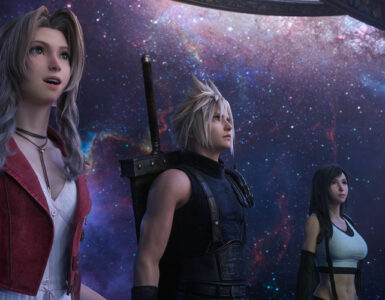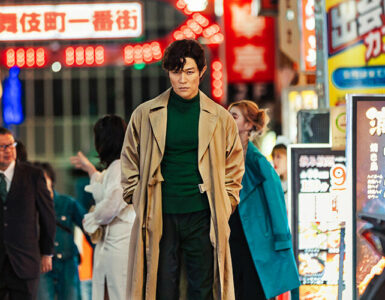This interview has been edited for clarity.
Novelty is always a tricky, risky affair. With 35 years of history and counting, the iconic Final Fantasy series has seen many different forms, from its early 16-bit days to the cinematic epics of modern times. Final Fantasy XVI continues to embrace this very same spirit of boldness, whipping up a new medieval adventure that marks a drastic departure from the franchise’s JRPG roots.
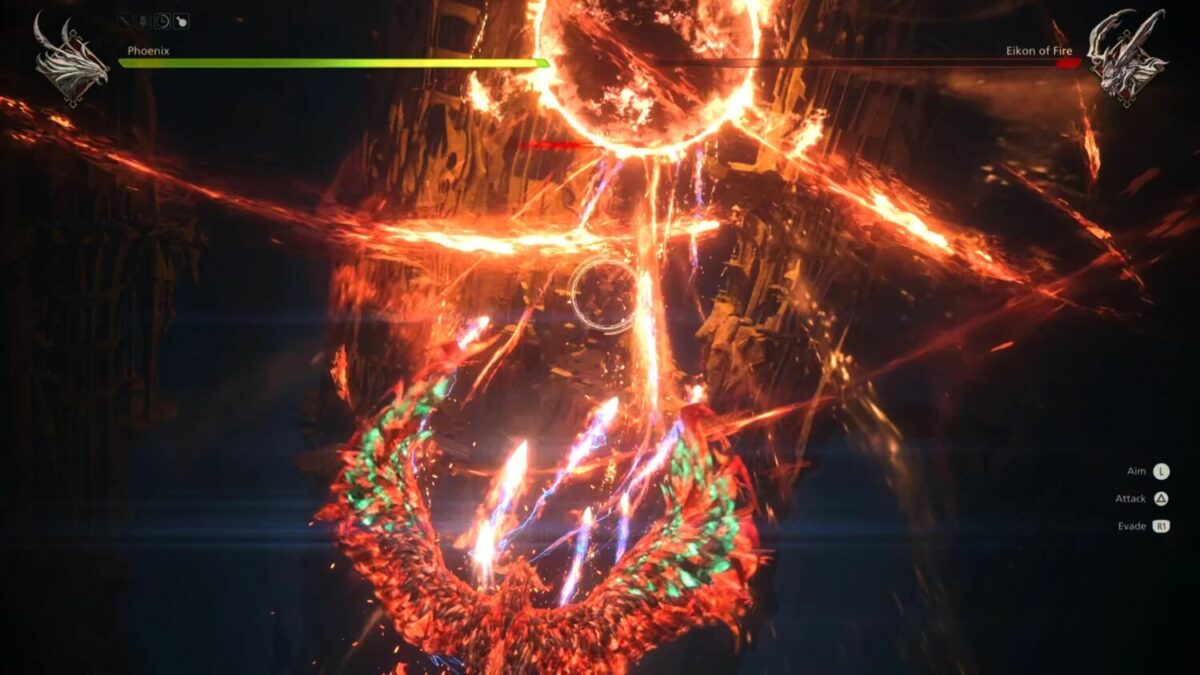
Even just scratching the surface, there are a lot of firsts to expect here. It’s the first M-rated title in the line-up, with gratuitous bloodshed, explicit cursing, uncensored nudity, and other mature content becoming a common fixture. Then, there’s the matter of the Eikons and their Dominants, hosts to godly, mythical beings (think the Summons of previous entries) who can transform into them – an ambitious step-up from simply being able to call on them before.
More prominently, Square Enix’s latest welcomes a shift to the action-RPG (ARPG) genre. Taking a leaf out of the combat system in Capcom’s Devil May Cry games, it ditches the turn-based convention and real-time fighting mechanics in later Final Fantasy installments for a stylish action-focused approach that goes heavy on executing and chaining combos.
But the addition of these fresh elements begets a conundrum, and it’s one that has franchise veterans and casual enthusiasts discussing the essence of Final Fantasy games. By phasing out the old and bringing in the new, Final Fantasy XVI presents an unfamiliar endeavour that redefines what some long-time fans may refer to as the “Final Fantasy experience”.
It’s an arbitrary, slippery thing, because there isn’t a one-size-fits-all definition here. For game producer Naoki Yoshida, his vision for the new ARPG undertaking was built on a shared response by the father of Final Fantasy Hironobu Sakaguchi, and Yoshinori Kitase, the director of Final Fantasy VI, FFVII, FFVIII, and FFX.
“Basically, they both told me that Final Fantasy is what the director at that time wants to create, it’s what they think is best for the series,” shares game producer Naoki Yoshida in an exclusive interview with Geek Culture, which also saw the game’s localisation director Michael-Christopher Koji Fox in attendance as translator.

He continues, “You shouldn’t be held down by anything; you have the freedom to create what you want to create, as long as you think that’s the best for the series. For me, it’s about having the best story, the best battle system, a lot of game volume, the best game sound, high quality, best graphics, and chocobos and Moogles.”
Indeed, Final Fantasy XVI checks all of these elements off the list. The game does feature both chocobos and Moogles, and its narrative, combat, and music have received widespread acclaim since its release on 22 June. In particular, part of the storytelling success can be attributed to the Active Time Lore feature, which proved very helpful in understanding the world of Valisthea, the timelines of events, and more.
Here’s how it works. To access the in-game tool at any point during the playthroughs, including cutscenes and gameplay scenarios, players will have to press the touchpad on their PlayStation 5 DualSense controller. It then provides them with concise summaries and important information about the characters, locations, and events relevant to the current storyline, updating them in real time as the story progresses.
It’s a nifty, convenient, and highly-accessible mechanic that only came about after Yoshida and his team had difficulty keeping track of the happenings during playtesting sessions. “Originally when we were in the early stages of game design, creating Active Time Lore wasn’t on our minds – we didn’t, hadn’t thought about that,” the 50-year-old reveals. “However, when the game was in a position where we could play through it, and I did my playthroughs, I noticed that there are so many different nations and so many different characters, and they’re kind of intertwined in this very complex way”.
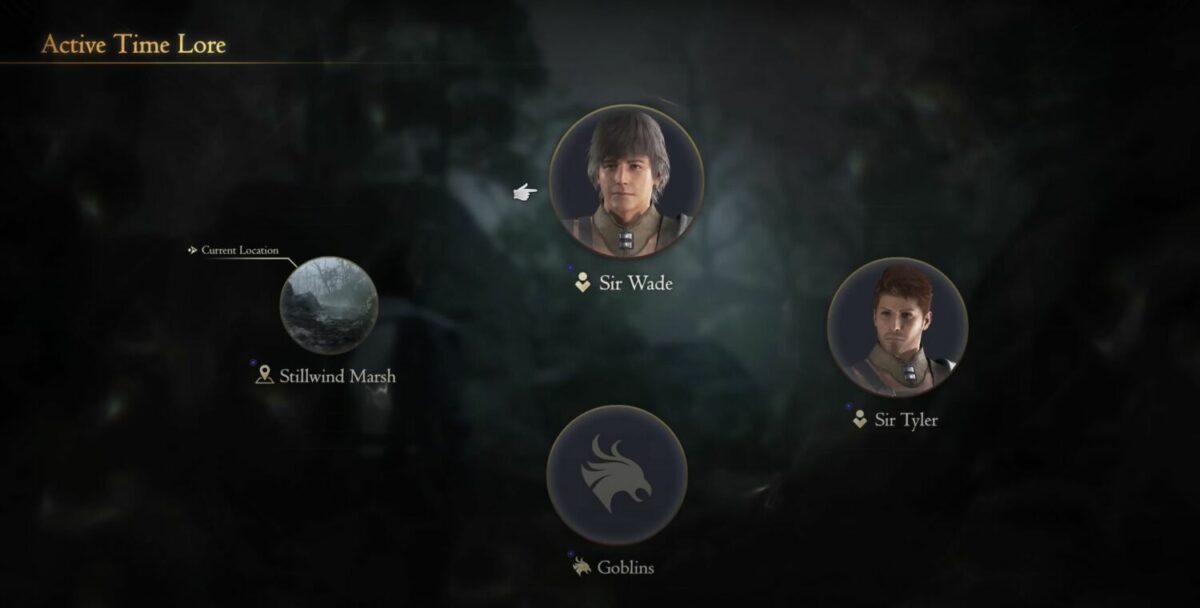
Citing the Caer Novent stage (unlocked after progressing through ‘The Dead of the Night main quest’) as an example, Yoshida listed down the complexities of its setting and role in history to highlight the importance of clarity and accessibility. The area is very close to Rosario, but it’s under control of Sanbreque. Then, you have looters coming in and taking it over from Sanbreque, only to find out there are also Waloedian soldiers involved in the conflict.
“So you have to know why certain people are here, who are you fighting, and not knowing that, players will just kind of give up on the story at that moment, and we didn’t want that. We wanted to make things clear for players so that they understand right then what was going on and wouldn’t take them out of the game,” he adds.
The hard work hasn’t gone unnoticed. There has been much praise for Active Time Lore from both players and critics alike, with some even saying that it sets a new standard for storytelling in RPGs. “We’re really happy that a lot of people are excited about [it],” Yoshida says in response to the positive feedback. “It was a very difficult thing to create… [and] in the end, I think we had over 2,500 different flags that were up telling when certain information should be released.”
(MINOR SPOILER AHEAD. PLEASE PROCEED WITH CAUTION)
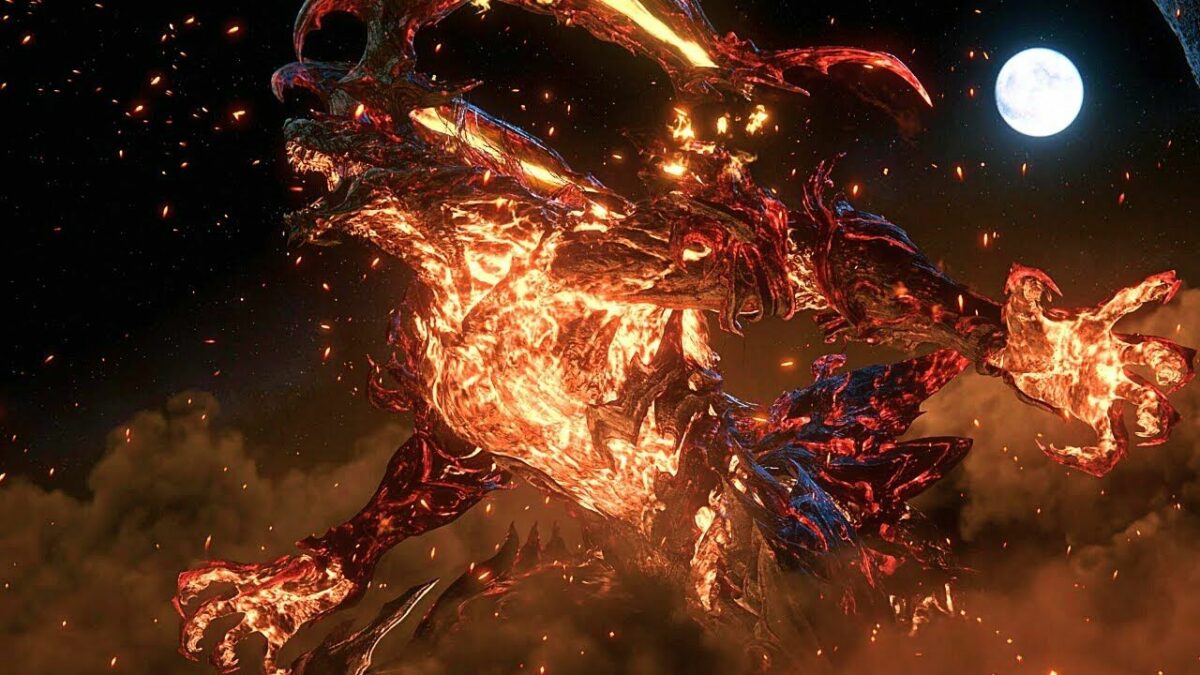
Treading on new waters also came with a different set of challenges for game design. With Final Fantasy XVI’s exploration of the Eikon transformation process and its mechanics, the team, known as Creative Business Unit III, had a lot of room to play with the look, feel, and animation of Ifrit, Phoenix, Garuda, Titan, Odin, Ramuh, Bahamut, and Shiva. There was, however, a surprise of Eikonic proportions waiting to soak up the spotlight – the Ifrit Risen form, which physically combines both Ifrit and Phoenix into one.
Describing the concept art as “brilliant”, Yoshida shares how the team loved it, only for it to fall flat during the modelling stage. “It looked terrible,” he recalls with a laugh. “I was like, ‘This isn’t going to work, this isn’t going to look good, [and] we need to do something to it.’” But the game director, Hiroshi Takai, was confident the idea would eventually work out after the effects were added, and it turned out to be the right call – one that had Yoshida eating humble pie.
“Right up until the end, it looked bad, and then when we finally got the VFX (visual effects) on there, it all came together, and it looked really great,” he says, followed by a short pause and then a small purse of the lips: “The fact that we have that in the game now is thanks to Takai-san not listening to me when I said stop it, and him trying to push through because he really believed in that.” Cue bright, loud laughter.
(END OF SPOILER)
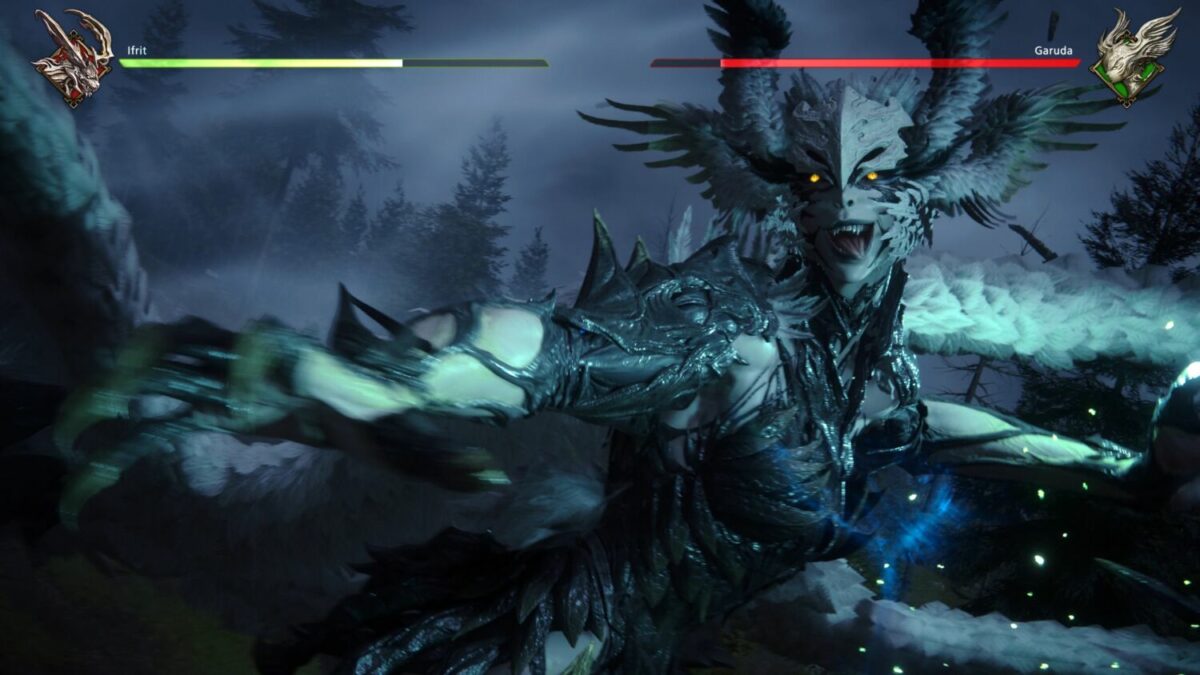
For everything that’s new, there’s always inspiration to be found in existing sources. It’s no different here, with Final Fantasy XVI drawing on influences from Western medieval fantasy works like Game of Thrones and Lord of the Rings; closer to home, it borrows a lot from the popular anime titles, including Attack on Titan, Ultraman, Evangelion, and Kamen Rider. Having a smaller Eikon fight a bigger enemy, such as Ifrit and Titan, is designed to evoke the feeling of attacking a giant kaiju (used to refer to giant monsters, specifically preternatural creatures of divine power), while the grounded-versus-aerial Eikon battles are based on the leaping and flight movement typically seen in tokusatsu entertainment – Japanese live-action productions that make heavy use of practical special effects.
“The biggest thing with us is being able to take these things that we read in comics, or watch in anime, and create an experience where players can actually have it in their hands and play through that, rather than just looking at it,” explains Yoshida. “It’s something that we really looked to do with Final Fantasy XVI.”
These sources of influence certainly made themselves known in the cinematic cutscenes, most evidently during the giant Eikon-versus-Eikon set pieces. With each clash between the colossal beasts, bright, swirling colours burst to life on the screen, setting the stage for the sweeping orchestral score to elevate the spectacle to more exhilarating and epic heights.

It’s perhaps this delicate blend of familiar and fresh elements that have kept the franchise going even after all these years. While the elements of Eikon and Dominants are exclusive to Final Fantasy XVI, its basis isn’t. The tradition harks back to Final Fantasy III, where summons were first introduced; since then, they have been a permanent fixture across the games, both mainline and spin-off titles alike.
Switching up the sense of familiarity and nostalgia is what holds everything together. With Final Fantasy, change is the only constant, and it’s a formula that has allowed – and continues to allow – the creator and their team to tell the stories they want.
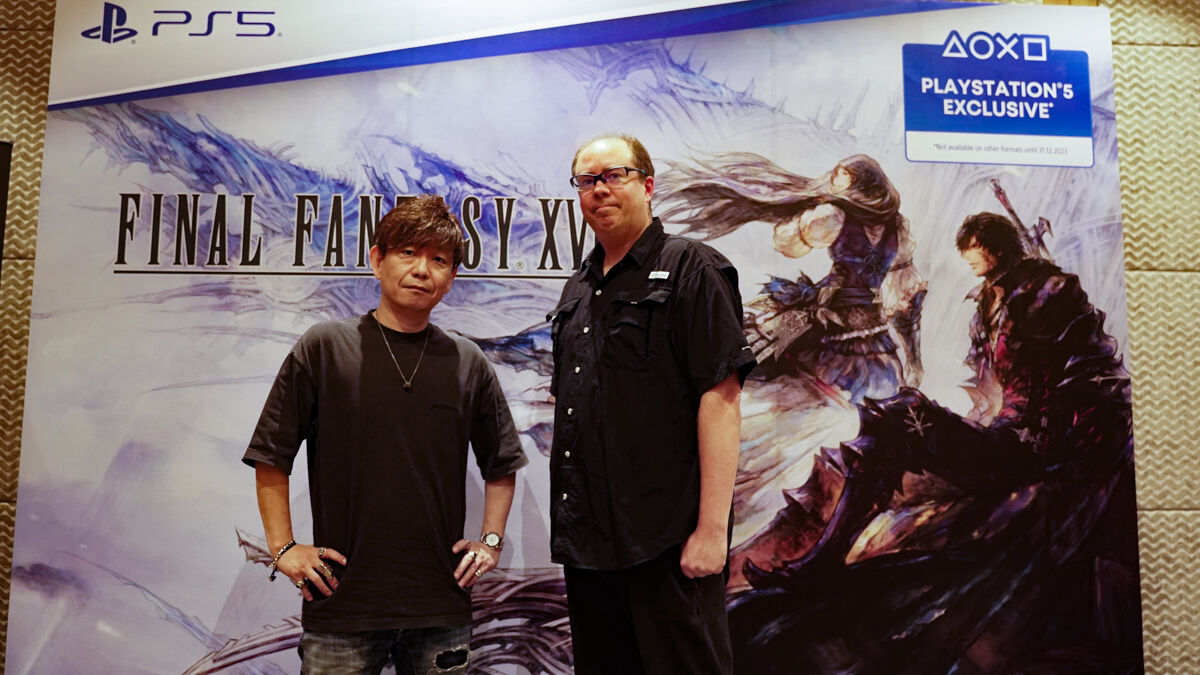
“I think that’s one of the reasons why the series has lasted 35 years, because it’s always changing. Whether this is good or bad or not, there are always going to be people debating this,” acknowledges Yoshida. “Some people are going to want the series to remain the same, but others are going to get bored of a series that doesn’t change, and will not want to play anymore. Final Fantasy has always been, for me, about the change in that freedom, and I think that’s what’s good about the series.”
Final Fantasy XVI is now available to play on the PlayStation 5.



